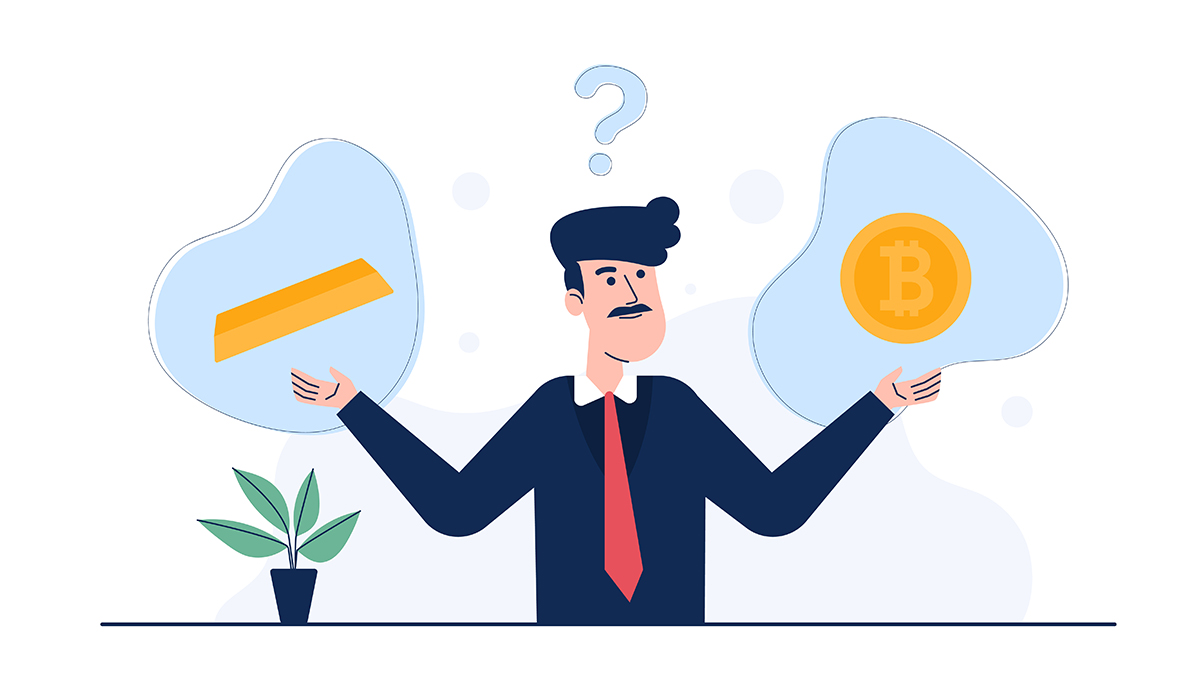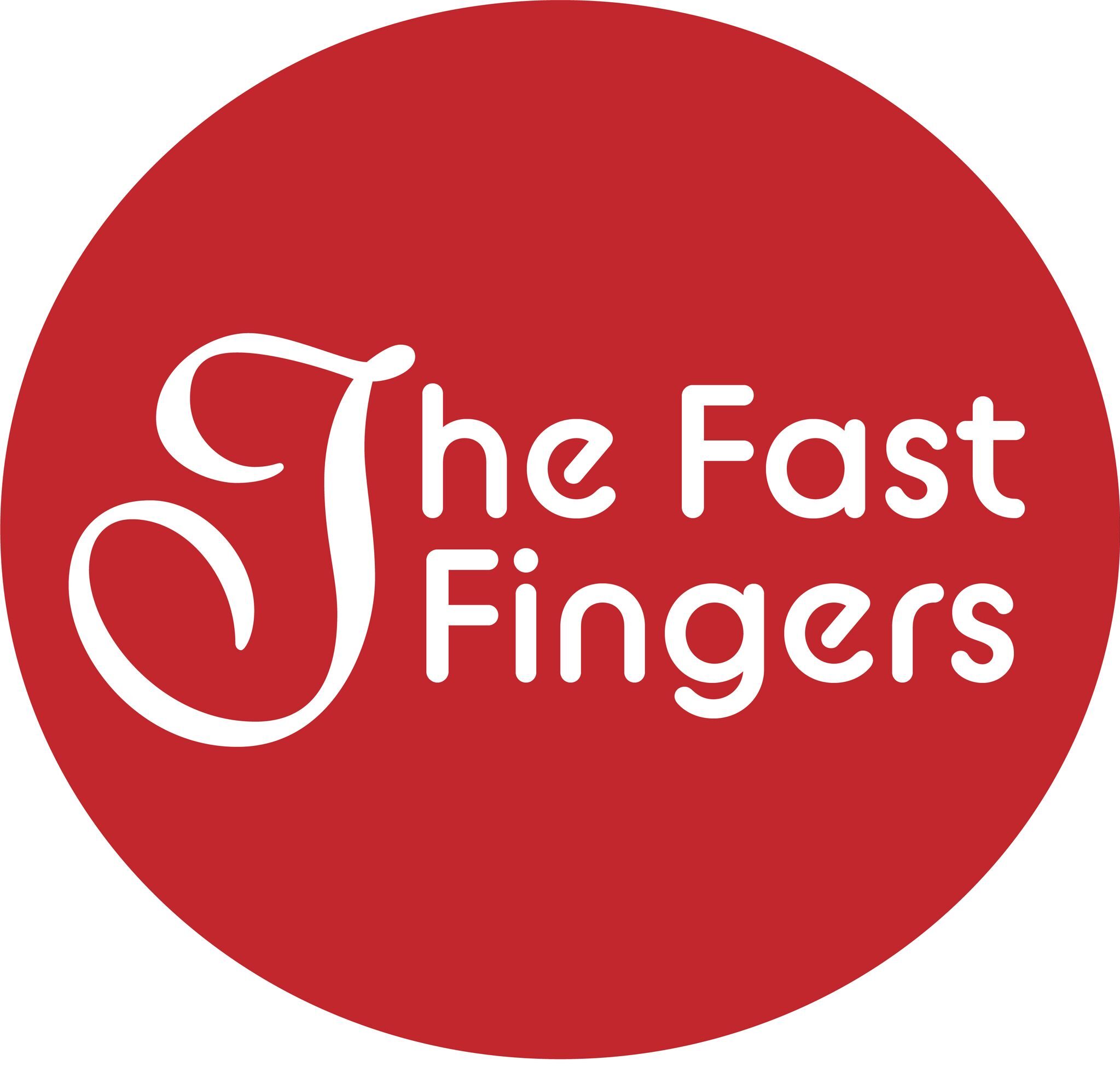
Traditional publishing was the only viable option in the past, but the rise of self-publishing has democratized the industry. Aspiring authors often face a dilemma: whether to go the traditional or self-publish. One of the most critical factors in this decision is the cost. In this article, we’ll compare the costs associated with traditional publishing and self-publishing, helping authors make an informed choice.
Traditional Publishing Costs
Querying Agents
Traditional publishing typically begins with querying literary agents. Authors send query letters and manuscripts to multiple agents, often incurring costs for printing, postage, and professional editing. While some agencies accept digital submissions, many still prefer hard copies. These expenses can add up, especially if multiple agents are approached.
Professional Editing
Even before securing a book deal, most authors hire professional editors to polish their manuscripts. This can be a substantial expense, but it is often considered necessary to increase the chances of acceptance by a publishing house.
Agent Commission
If an author secures a literary agent and, eventually, a publishing contract, they will pay a commission to the agent. Typically, agents receive 15% of an author’s earnings.
Marketing and Promotion
Publishing houses do provide marketing and promotional support, but often, authors are expected to contribute as well. Costs for book tours, advertisements, and promotional materials can be significant.
Advances and Royalties
Traditional publishers often provide authors with an advance against future royalties. While this might not seem like a direct cost, it’s important to remember that it is an advance, and royalties earned from book sales must recoup this amount before authors see additional income.
Self-Publishing Costs
Editing and Proofreading
Self-published authors are responsible for all aspects of the publishing process, including editing and proofreading. Hiring professional editors and proofreaders can be a significant upfront cost but is essential for producing a quality book.
Cover Design
An eye-catching book cover is crucial for attracting readers. Authors must invest in a professional cover design, which can cost several hundred to a few thousand dollars, depending on the complexity.
Formatting
Books need to be properly formatted for different formats (eBook, print, audiobook). Authors may need to hire a formatter or invest in software to do this themselves.
ISBN and Copyright
Authors must obtain an ISBN (International Standard Book Number) to sell their books legally. The cost varies by region. Copyright registration is optional but recommended.
Printing and Distribution
For authors who choose to produce physical copies, printing costs can be significant. Self-publishing platforms often offer Print-on-Demand (POD) services, reducing upfront costs, but per-unit costs may be higher. Authors also need to consider distribution and retailer fees, such as those from Amazon.
Marketing and Promotion
Self-published authors must take charge of marketing their books. Costs may include advertising, social media promotion, website creation, and attending book events or conventions.
Comparing Costs
When comparing the costs of traditional publishing and self-publishing, it’s crucial to consider the following:
Upfront Investment: Traditional publishing often involves fewer upfront costs for authors, as publishers typically cover many expenses. Self-publishing requires a more significant initial investment, especially if authors hire professionals for editing, cover design, and formatting.
Potential Earnings: In traditional publishing, authors receive advances, but royalties may be lower. Self-published authors can earn a higher percentage of royalties per sale, potentially leading to greater long-term earnings if their books perform well.
Control: Self-published authors have more creative control and ownership over their work. Traditional publishing may involve compromises to meet market demands.
Time and Effort: Self-publishing demands significant time and effort, as authors handle most tasks. Traditional publishing may be less time-consuming but competitive and challenging to break into.
The choice between traditional publishing and self-publishing largely comes down to an author’s goals, budget, and preferences. Traditional publishing offers fewer upfront costs but may provide lower royalties and less control. Self-publishing requires a larger initial investment but offers more creative control and potentially higher royalties. Authors should carefully weigh these factors, align their decisions with their goals, and consider the cost implications when choosing the path to publish their book.
